Rmeich, Lebanon
On October 8, 2023, the day after the Hamas massacre further south, Hezbollah started firing rockets into northern Israel, reviving the world’s most dangerous game of chicken. What exactly has been accomplished? Hezbollah’s Shia supporters may be comfortable with their leader Hassan Nasrallah and his Iranian sponsor, head of state Ali Khameini, risking open war. But no one consulted the local Christians, who would never agree to spill Lebanese blood as a supportive gesture to Hamas.
“The south [of the country] belongs to Lebanon, and Hezbollah cannot go to war on behalf of the Lebanese,” says Marc Saad, a spokesman for the Lebanese Forces, a Christian political party and Hezbollah opponent. But championing the rule of law and national unity can only go so far in Lebanon, where anarchy and sectarianism reign.
Deep in Hezbollah country, right along the Israeli border, lies a cluster of Maronite Catholic villages, the southernmost and largest being Rmeich. Since the war began, Israel has generally refrained from targeting the Christian communities, making them an oasis within a sea of its Shi’ite targets. But the fighting around Rmeich is becoming more ferocious, and Hezbollah has several times tried to use the village as a staging ground for rocket attacks. If a full-blown war were to start, it’s hard to imagine Rmeich being spared by Israel.
“There are no basements to hide in. If the worst comes to pass, we will drive to Beirut, assuming the roads are open. Food and water supplies are still good; we are relying on God only,” said Father George Al-Amil, a priest in Rmeich, in early spring.
The war didn’t stop them from celebrating Holy Week. Thousands of previously displaced residents returned to Rmeich on the weekend of Palm Sunday in late March, bringing much needed supplies to their neighbors and family members who had never left.
The next Tuesday, March 26, there was pandemonium as Hezbollah fighters tried to launch rockets from the center of Rmeich next to a high school. “A resident of the neighborhood noticed some unusual vehicles. He saw them trying to set up their rock- ets and tried to intervene, but wasn’t able,” according to Father George.
Another man rang the church bell, attracting a number of locals, who descended on the Hezbollah fighters. Realizing they had stirred the hornets’ nest, the fighters fired warning shots before withdrawing to a forest outside the town, Father George says. “They fired from that new spot toward the Israeli Meron site at about 11 a.m., and Israel responded. Their action was strongly condemned by the people here; we want nothing to do with this war,” he said.
But Hezbollah doesn’t usually attempt to fire its rockets from inside Rmeich. Instead, its fighters drive to the outskirts and strike using the cover of farmland and forests. Southern Lebanon is a fertile agricultural region, and Hezbollah is known for using the cover of tall crops — olive, orange, avocado and fig trees — to stage its attacks. Eighty percent of the local economy in Rmeich is agriculture, says Milad Alam, the mayor. “We haven’t been able to plant or harvest since the war started. The losses have thus far totaled $2.5 million,” he says. He and Father George both say that Israel has been retaliating with white phosphorus strikes near Rmeich to burn away the tree cover, resulting in the loss of 15,000 olive trees.
Father George grows olive and pine trees on his farm. October was olive harvesting season for him and his neighbors, but little could be retrieved. He hasn’t been able to visit his crops in over seven months. Some farmers are able to do a little work, but only those who were prescient or lucky enough to secure farmland away from the border. “Some farmers recently attempted to tend to their crops near the border, but the Israeli soldiers fired warning shots and scared them off,” says Father George. The possibility of war in southern Lebanon has been present “at every moment” since summer 2006, he says. That’s when Israel and Hezbollah fought their last war.
A ceasefire was reached after several months of fighting, in August 2006 after the UN Security Council adopted Resolution 1701, significantly expanding the mandate of the United Nations Interim Force in Lebanon (UNIFIL). It also mandated that Hezbollah completely disarm, leaving only the peacekeepers and the Lebanese army for security. But the resolution never prescribed a mechanism for disarmament, so naturally, Hezbollah kept its weapons. The peacekeepers and army patrol the border’s “blue line” daily, but so does Hezbollah.
Since 2006, Hezbollah has dramatically expanded its military capabilities. Thousands of its fighters have been battle-hardened in the Syrian war which began in 2011. Hezbollah is no rag-tag terrorist organization making bombs in the kitchen sink; it now has a military on par with a small European country. Hezbollah has an impressive missile and rocket arsenal, proficient hackers and a tunnel network that Hamas could only dream of; it is probably the most well-armed non-state military group in the world, according to the Center for Strategic and International Studies.
In the face of Hezbollah’s strength — and its status as a part of the official Lebanese government — the Lebanese Army and UNIFIL are largely impotent.
“We love the army here, but there is a reality, which is their inability to prevent Hezbollah from carrying out military activities. Perhaps that is an imposed political decision,” says Father George, referring to the tense but sometimes cooperative relationship that Hezbollah has with the Lebanese Army.
The Lebanese Army is one of the rare institutions that Lebanese citizens trust across sectarian divides, largely due to its diverse composition. But according to the Alma Research organization, a security think tank in Israel, the army has been undergoing a process of “Shi’ization,” driven by high Shia birth rates and Christian emigration. “While Christians were once heavily represented in the army in general, and among commanders and officers in particular, Shi’ites now hold a strong majority,” writes Dana Polak Kanarik for Alma. This rising amount of Shia influence has contributed to a rising degree of cooperation between the army and Hezbollah.
“Hezbollah’s activity in southern Lebanon is carried out with the Lebanese Army turning a blind eye and even cooperating,” writes Kanarik. This is a critical problem for Lebanon’s Christians, who gave up everything except their small arms at the end of the Lebanese Civil War in 1989. Hezbollah was the only group that didn’t disarm. Now it has ballistic missiles.
The army is a much weaker fighting force, but it’s still the only institution with a legal mandate to protect Lebanon against threats internal and external. “The army should implement law, stability and order all across Lebanon, specifically in the south,” says LF spokesman Marc Saad. “Hezbollah argues that because Christians are a minority in the south, they should control it. This is wrong. We don’t use this same reasoning with regard to Shia minorities here in Jbeil,” he adds.
Jbeil, also known as Byblos, is a Lebanese Forces stronghold just north of Beirut. On April 7 this year Pascal Sleiman, head of its LF district office, was kidnapped there. The next day, his body turned up in Syria. The culprit isn’t yet known, but a number of circumstances suggest Hezbollah was involved.
Thousands showed up to Sleiman’s funeral the following week. The army presence was impressive: dozens of soldiers, armored vehicles and special forces. LF members who appeared to be armed were also present. This was not a soft target. But even with all the security, LF leader Samir Geagea didn’t feel safe enough to come in person.
Sleiman is not the only LF leader to recently turn up dead under suspicious circumstances. Last August an LF official named Elias Hasrouni was killed near Ain Ebel, a Christian village just around the corner from Rmeich. Authorities initially claimed that Hasrouni died in a car crash. But nearby security camera footage revealed that his car had been obstructed by a convoy of armed men in SUVs. His body was found in a nearby ditch showing signs of strangulation and beating.
“Investigations showed that Hezbollah was involved. But the Lebanese state did not officially announce this because it was prevented from continuing the investigation,” Father George claims.
The Lebanese Forces have also directly implicated Hezbollah in Hasrouni’s death. “Although I prefer, as always, to wait as long as possible in order for what we say to be certain, all fingers of blame are directed towards Hezbollah,” said LF leader Samir Geagea in a public statement.
When it comes to Sleiman’s murder, the LF have been very careful not to directly implicate Hezbollah. “We’re not a judicial body, the investigators have a job to do,” Saad says. But one very curious detail is the fact that his body turned up in Syria. “What group can drive across Lebanon with a corpse, then pass the Syrian border without being stopped? Whether or not Hezbollah was involved, Hezbollah has produced this situation of lawlessness.”
The Christians of Rmeich and Debl are Lebanese citizens who “adhere to the direction of the state. Therefore, we consider Israel our enemy,” says Jean Alam, who represents the LF in Rmeich. The party line is a little more complicated when it comes to Hezbollah. “Its members are Lebanese, but they implement a foreign agenda that harms Lebanon,” he says. “Our hostility toward Israel does not mean an acceptance of Hezbollah’s actions.” In years past, the people of Rmeich supported the Free Patriotic Movement or FPM, another Christian party, Father George says. But in 2006, FPM and Hezbollah formed an alliance, steering anti-Hezbollah Christians into the arms of the LF.
More than ever before, Hezbollah needs the support of Christians in southern Lebanon, says Hanin Ghaddar, a senior fellow at the Washington Institute for Near East Policy. But a string of assassinations, a fresh and expanding war with Israel and rampant corruption have made Christians increasingly averse to Hezbollah. Hezbollah still enjoys a base of hardcore support from 20 to 25 percent of the Shia population, Ghaddar says. But decades after Israeli forces with- drew from southern Lebanon, most people in Lebanon no longer view Hezbollah as a resistance force. “Hezbollah is no longer the resistance, they are the authorities. And as the authorities, they are corrupt. They totally failed in 2019 [when Lebanon’s banking system collapsed] and have turned their weapons against the Lebanese people many times since 2006,” Ghaddar says.
But the Lebanese Civil War of 1975 to 1990 is still a living memory, and everyone understands that a managed but tense relationship is preferable to open conflict. The Christians in Rmeich have always maintained contact with Hezbollah officials, Father George says. “Everyone worked to insulate Rmeich from this conflict. We did not use weapons [to confront Hezbollah], but contacted state officials, including the speaker of the parliament, Nabih Berri,” he adds. (Berri is a member of the Amal Movement, another Iran-backed Shia Islamist party and Hezbollah ally.)
Will the Christians flee? No. “Leaving our homes means not returning anytime soon. The town could be turned into a military zone and be destroyed. It’s best to stay and prevent any military action from being launched inside the town,” Father George says.
Both Israel and Hezbollah would like the people of Rmeich on their side. But the Christians just wish the combatants would go fight on someone else’s lawn. Through a skillful mix of realpolitik and defiance, Rmeichiyehs have avoided an open conflict with both. But this tenuous status quo is predicated on war between Israel and Hezbollah remaining contained.
“The situation seems to be headed towards escalation,” Father George says. “Our government does not have the power to negotiate a solution.”
This article was originally published in The Spectator’s June 2024 World edition.










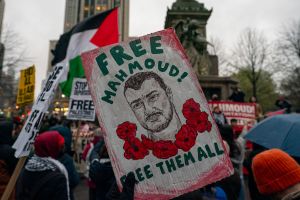



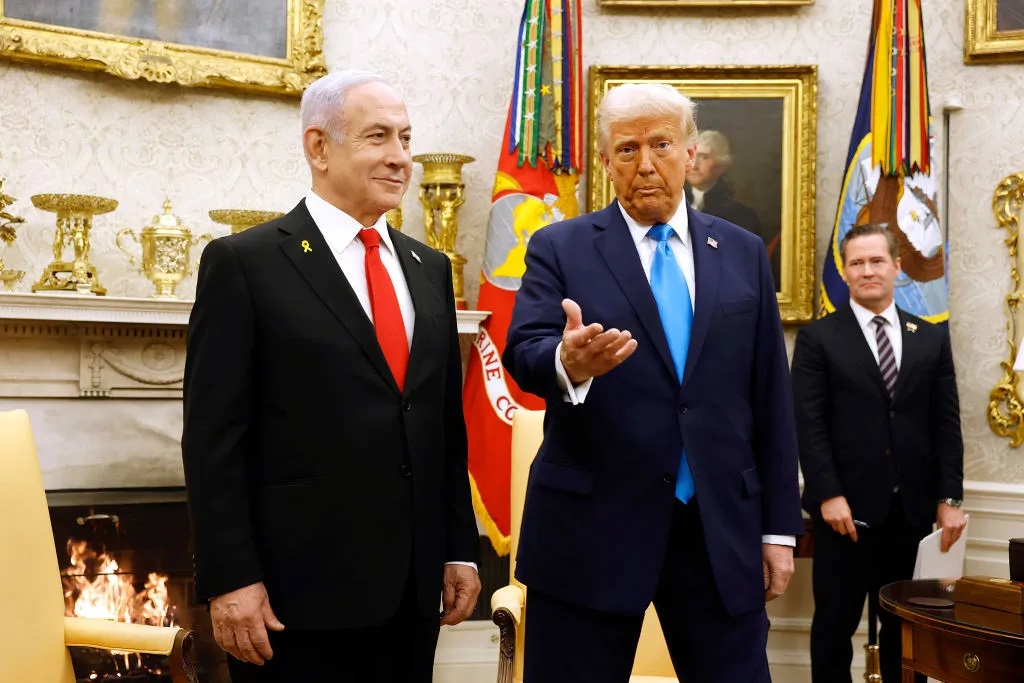
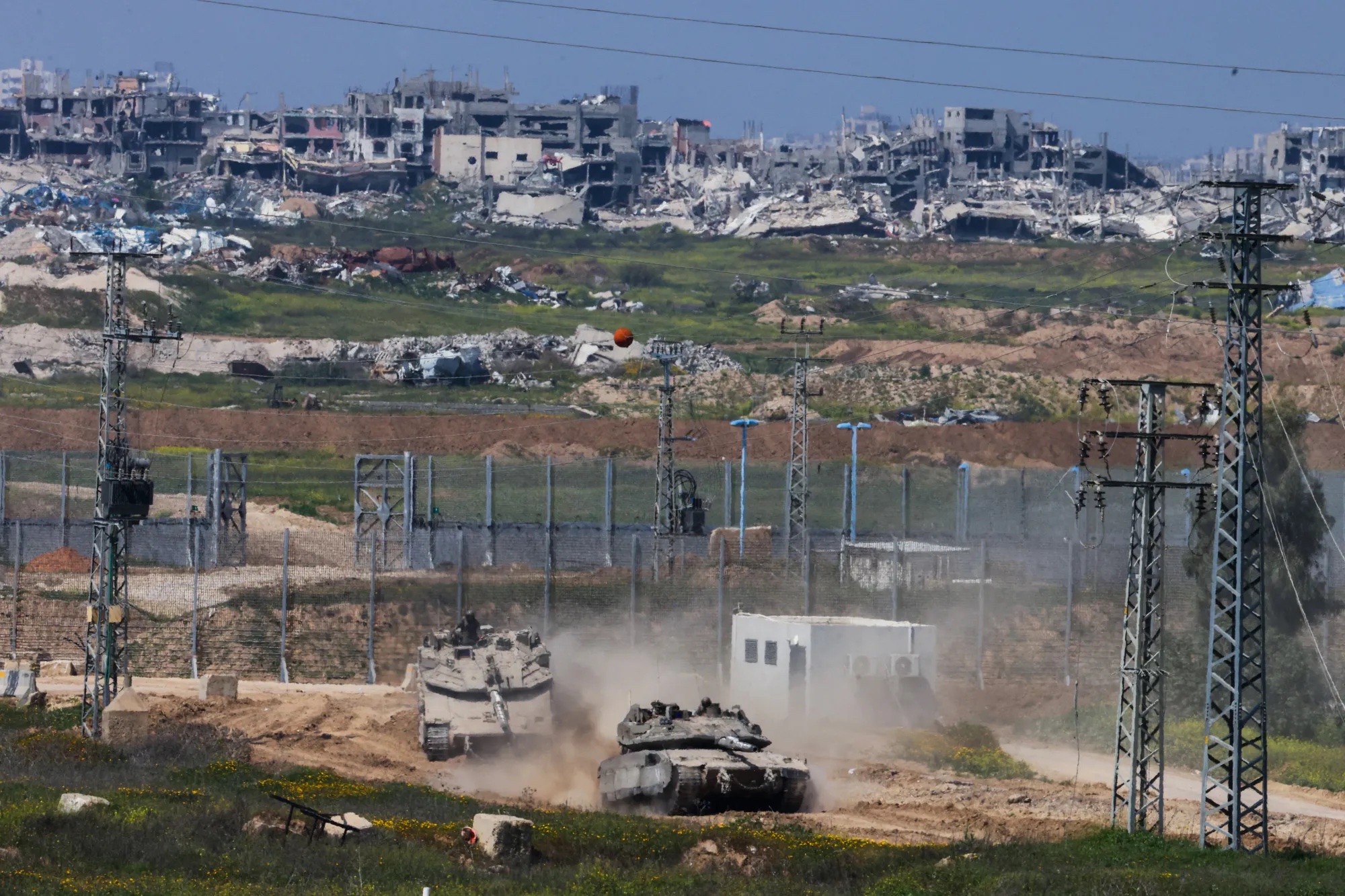
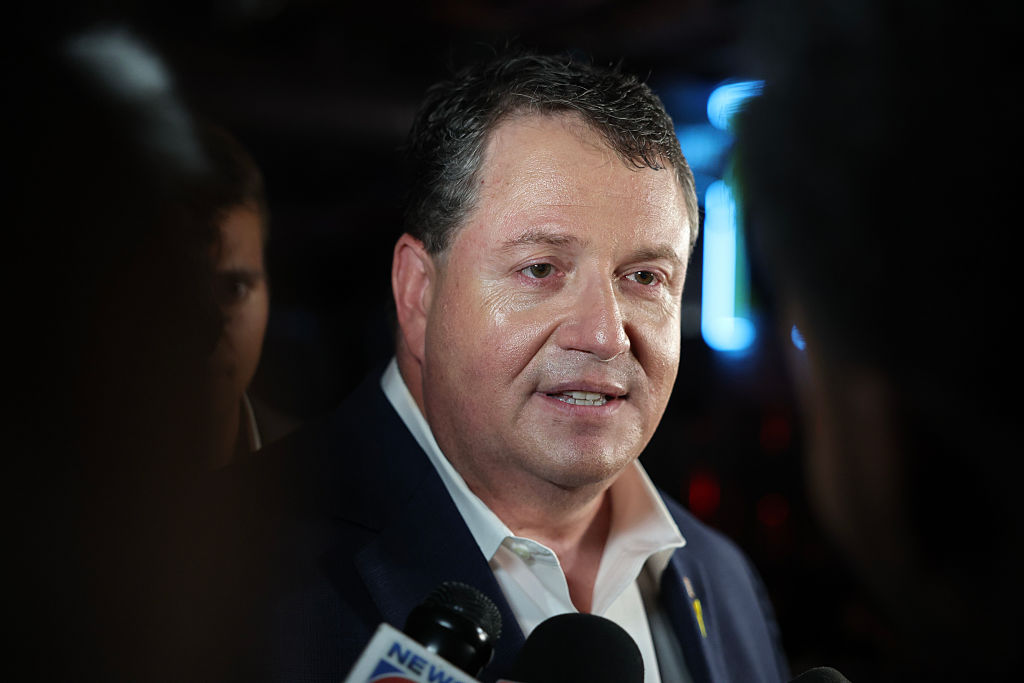
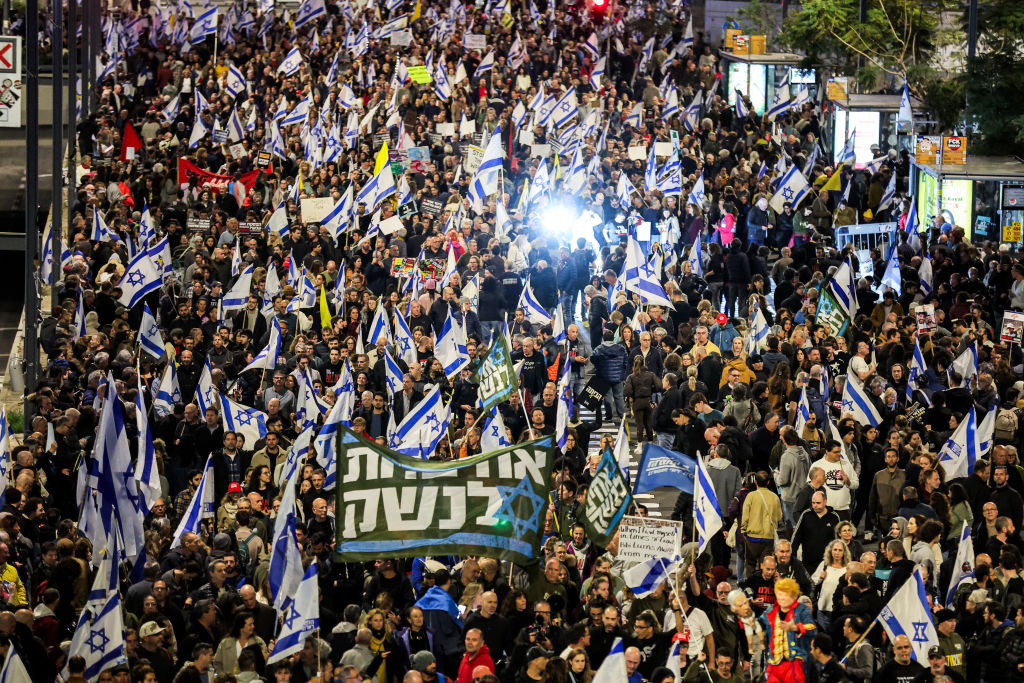








Leave a Reply